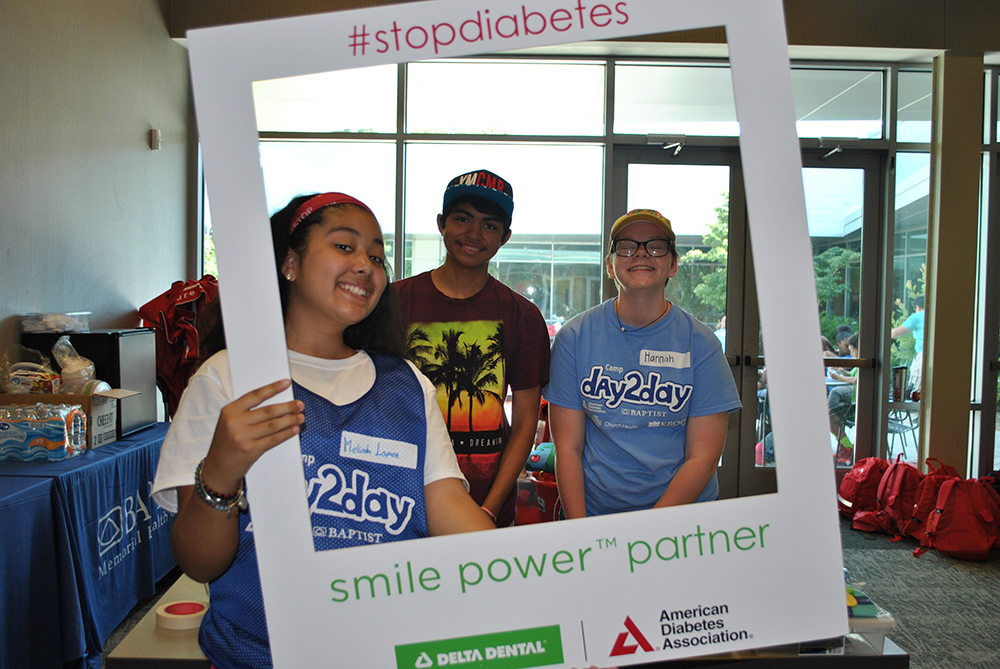“How many calories are in one M&M and how much energy does it take to work it off?” asks Alex Eiler, manager of Education at the Pink Palace Museum.
Fifth grade students from Crump Elementary School eagerly raise their hands to guess the number of calories in one plain M&M at the Pink Palace Science Lab during the Learning Labels program. With determination to work off the three calories, they are instructed run in place with speed.
The running lasts about 20 seconds, and the students learn how you can burn calories by expending energy and while your body is at rest.
Baptist Memorial Health Care sponsors the Learning Labels program at the Pink Palace Museum, where students are instructed on nutrition labels and nutrients in food.
Obesity and the health problems associated with being overweight are increasing among Memphis children at startling rates. According to the Urban Child Institute, 50 percent of children younger than 11 are either overweight or at risk of becoming overweight. By the time Memphis children are in high school, 17 percent of them are considered obese.
The partnership is ideal for the Baptist mission and the mission of the Pink Palace, who both hope to reduce the obesity rate in Shelby County which at nearly 33 percent, is 6 percent higher than the national average. Tennessee ranks as the second-most inactive state, according to a recent report from the Tennessee Obesity Taskforce.
“This is our first food education program,” said Eiler. “The Pink Palace is under a master plan to add Life Science programs on health, wellness and nutrition. Baptist came to us for a partnership, and we are excited about the responses we have received from the students and the teachers.”
Baptist has funded 25 classes, and close to 20 have been completed. Crump Elementary is one of many schools to take part in the program.
Eiler teaches the 60-minute program she created for grades 4-5 and engages the students in the interactive curriculum. Her energetic personality and ability to connect with the students in discussions about proteins, carbohydrates and fats is impressive.
“I’m not a nutritionist, but I am an educator and I do know how students learn, so I research everything. I looked at a lot of experts from Baptist, and they suggested that we talk to the Church Health Center and research the Baptist website to create the curriculum. It’s our job to roll all of that together and to add a bit of museum flair. That’s what museum educators are all about,” she said.
Some of the objectives of the program include compare/contrast portions and serving sizes by reading nutrition labels and measuring the right amount; understand common terms on nutrition labels to make appropriate choices about nutritional needs; and differentiate between good and bad fats, simple and complex carbohydrates, and complete and incomplete proteins. Each objective is explained and emphasized with hands-on activities.
“You know it’s a good program when the teachers rave about it after the presentation. We give the teachers the information so they can continue to teach the students as well. We were concerned about the high level of information in the beginning, but children are responding to the way we are presenting the material.”
The combination of the knowledge in the program and science intrigues the students who program organizers hope will take what they learn into their homes and school to help others.
“Hopefully they will take this information and make healthy food choices now. If they understand by looking at the labels that trans fats are red light fats then it’s definitely the first step in a long process,” said Eiler.

